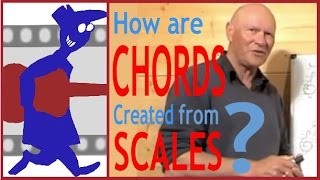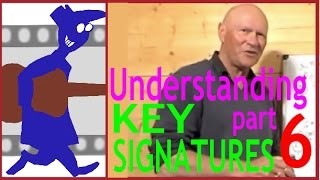Understanding Key Signatures - Part 5
Published on 26 January 2016
For more information from the source site of this video please visit: http://secretguitarteacher.com/youtube/advanced/theory/3gTca1OD2mw/84145578-understandind-key-signatures-5.php
So the key of G# major has eight sharps...
OK let's move on. From the key of G# major we go up five steps...
G# A# B# C# D# E# F## G#
1 2 3 4 5
And we use D# to build our next scale
D# E# F## G# A# B# C# D#
And we come up with the same problem again at note SEVEN and this time there are no prizes for guessing how we solve it!
Notice that the order of double sharps is hauntingly familiar... F ...C ... Father Charles...This is where you can start to safely predict what happens next...
Now what happens next is strangely satisfying... we are in the key of E# major and we take the fifth note which is B#.It appears to have 12 sharps which is beginning to get a bit silly isn't it?!
Let's take a closer look and see if we can simplify things.. What's another name for the note B#?...So we really have come full circle haven't we. Back to the key of C major where we began the circle.
Call me a sad old so and so, but this is one of my favourite bits of music theory! I think the way it comes full circle and resolves back to the nice simple key of C major is kind of a great relief, because up until that point, it was heading off in an ever more complicated direction wasn't it.?!
Now I more or less promised you earlier that, although this stuff about double sharps is of some practical use in music theory, the chances are very slim that you will ever encounter double sharps in an actual piece of music.
In the final lesson in this series on key signatures, we'll look at why that is as we explore the Inner Circle!
Hope that sounds mysterious enough to entice you to join me in that lesson.
See You then!
 Andy James - Guitar Tips Alternate Picking - lickl...
Andy James - Guitar Tips Alternate Picking - lickl...
 Pentatonic Scales On Guitar
Pentatonic Scales On Guitar
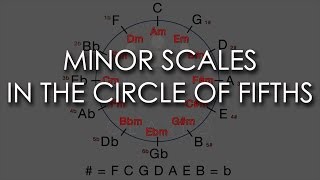 3. Minor Scales in the Circle of Fifths
3. Minor Scales in the Circle of Fifths
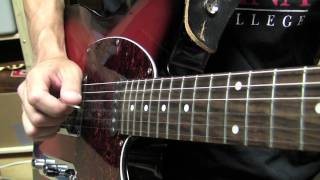 Chicken Picking Guitar Lick Brent Mason Style
Chicken Picking Guitar Lick Brent Mason Style
 Extreme Arpeggio Workout Exercise One Guitar Lesso...
Extreme Arpeggio Workout Exercise One Guitar Lesso...
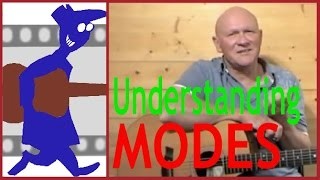 Understanding Modes
Understanding Modes
 The CAGED System. Part 1 of 2.
The CAGED System. Part 1 of 2.
 Jimi Hendrix Style Double-Stop Embellishments
Jimi Hendrix Style Double-Stop Embellishments
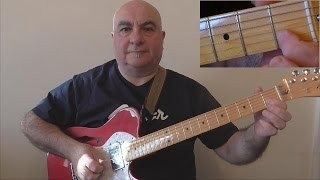 The C Major Scale For Guitar Beginners
The C Major Scale For Guitar Beginners
 Pentatonic Theory
Pentatonic Theory

